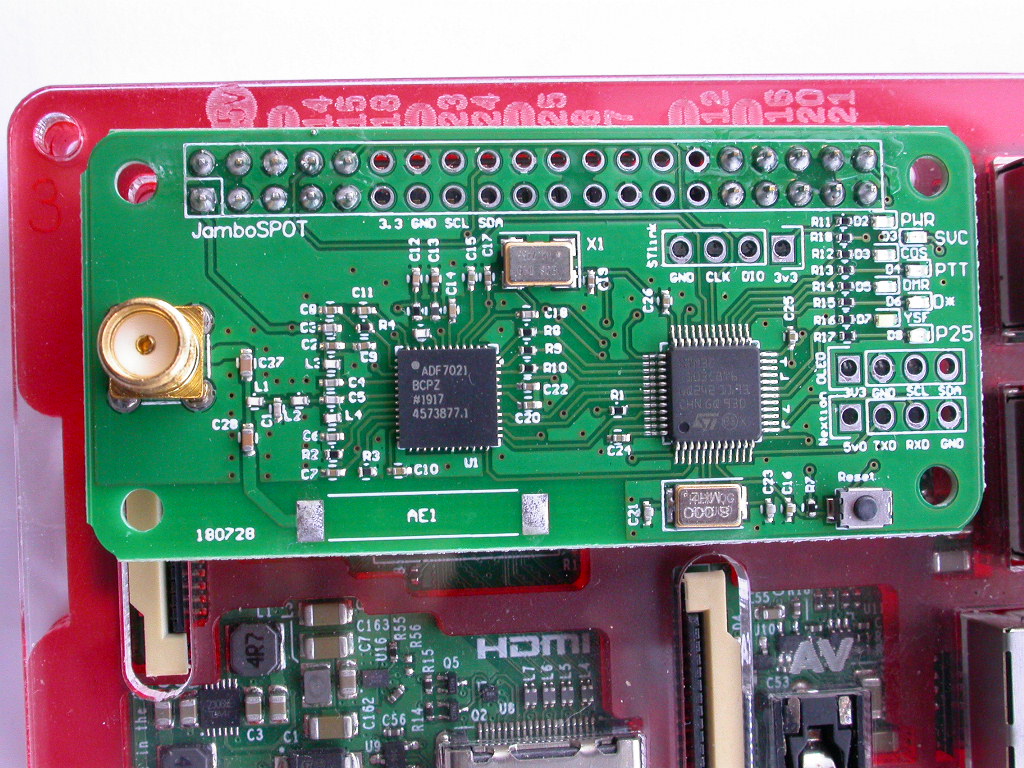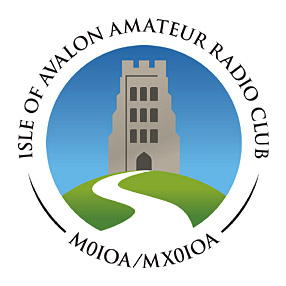So what’s all this Digital Voice Stuff Anyhow?*
Private mobile radio has largely gone digital in the professional world, with the advantages of narrower bandwidth (6.25kHz as opposed to 12.5kHz for analogue) and far better grouping and trunking facilities. Digital voice has been available in the amateur market since D-STAR was developed in the late 1990s.
Trouble in Paradise - three incompatible standards and a balkanised amateur market
There has been a standards battle between three big radio factions in the ham radio world, resulting in three non-interoperable standards. D-STAR (Icom), DMR (based on ETSI dPMR commercial practice) and Yaesu System Fusion. This has balkanised the market. Unlike professional users, who can enforce a standard company-wide, amateurs would like to be able to communicate openly with any other amateur. In the analogue world this is done via CTCSS or DCS, and is almost universally standardised.
The three incompatible standards and different naming of digital trunking techniques eg codeplugs for DMR make DV confusing for amateur users. In general, D-STAR to DSTAR is fine, but not cross-standard, so D-STAR to Fusion or DMR to D-STAR won’t work handheld to handheld.
new powerful trunking features with DV
Trunking enables new features, however, like talkgroups, repeater linking, planetwide reflectors linking amateurs worldwide (through the internet with last-mile delivery via RF). Around the Glastonbury area we have good provision of repeater gateways where existing analogue users can try out digital rooms and the like. GB3WE is an Allstar repeater group linked repeater as well as analogue 2m repeater. It is therefore internet linked to many other UK repeaters. Hubnet is a talk group running on the Allstar network. Allstar provides the trunking connectivity to link many repeaters together. Any activity on Hubnet goes out on the local repeaters, and once Hubnet is quiet any user of the repeaters can key up and talk to all the other repeaters as well as people using Hubnet via Echolink or other means. Talk groups like Hubnet solve the division of digital voice into three noncompatible standards, but you need to figure out how to connect to the desired talkgroup using your particular standard for access.
Getting onto DV
Some club members use Echolink and a PC or an Android tablet to join Hubnet
I can’t use Echolink on a PC because I’m not prepared to port-forward.
you will also need to configure the router to “forward” UDP ports 5198 and 5199 to the PC on which EchoLink is running
The Echolink app works fine on my mobile phone using wi-fi, clearly port-forwarding is not fundamentally necessary to making Echolink work, but it is necessary for the PC version. Go figure.

I have a Yaesu FT3D which I bought for its excellent APRS capability on analogue. It has Yaesu System Fusion C4FM digital voice, so in November I bought a Banggood MMVDM board to plug into the GPIO of a Raspberry Pi. This takes the digital voice signal from the FT3DE and trunks it onto the internet via Pi-Star running on the Raspberry Pi. Although the instructions are in Chinglish, this worked first time for me. The biggest challenge I had was finding out how to reclaim the full space on the SD card I was recycling.
Next came the vexed question of what frequency to run on. Inspecting the RSGB 70cm bandplan showed this is a very wide band. Way down the page the RSGB say
438.800 Low Power Non-NoV Personal Hot-Spot usage
so 438.8 it is, safely out of the 435-438 MHz Satellite band, and it shouldn’t upset anyone. I enabled YSF mode, set the modem type to “STM32-DVM / MMVDM_HS - Raspberry Pi Hat (GPIO)” and then chose to connect to YSF station “FCS00477 - HUBnet”
A four-way QSO on Hubnet using analogue and digital access
I had set up with Martin G5FM to test this, and was able to hear him via the hotspot. Martin was using GB3WE to access Hubnet on analogue 2m, and I used the hotspot and also 2m via analogue. There is roughly a 2 second propagation delay, so keying up on analogue and getting 2 second delayed sidetone via the hotspot was confusing, but it confirmed that either way worked. Martin connected to Hubnet via his tablet using Echolink, and we were joined by M6DBP Daygan, M0PPF Steve and 2E0GWF Bryan for an impromptu net at 22:45 on 6/12/2019.
Conclusion
Echolink and the hotspot work just fine, as does the trunked analogue access via GB3WE. The main grouse I have is that digital voice sounds bad, robotic and expressionless. It’s far worse than analogue FM to me, plus you lose the situational awareness of an analogue user starting to go out of range. It is intelligible, but most odd - increasing volume doesn’t make it clearer, just louder. It’s far worse than the GSM codec, which is poor. Like the GSM codec but more so, DV seems to struggle with noisy backgrounds such as being in a car, it gives of its best to base-station users.
And yet this clip of a QSO between JA2SYJ in Japan and M3ZPE encapsulates what’s good and bad about DV.
The good: M3ZPE was on his local VHF/UHF repeater in Leicester, and he is talking to JASYJ in Japan. That’s amazing.
The bad: the voice quality.
Critics would also say that the vast majority of the 6000 miles being bridged by the Internet, Skype would do a better job.
Well yes, but it certainly falls under Ofcom’s definition of the purpose of amateur radio as
allowing communication with other radio amateurs for the purpose of self-training, recreation and public service
I learned something new here - I had not known how trunked radio systems do their stuff. It might come in useful to call into an IoAARC net when I am on the road out of simplex or local repeater range, and I learned a little bit about Pi-star.
* Title styled after the analog legend Bob Pease at National Semiconductor, who styled many of his columns for Electronic Design in the same vein.
